Biography
I am a computer scientist from Turkey, working on problems related to natural language processing. I received my PhD in 2019 from the Informatics Laboratory (LIUM) of Le Mans University. During summer 2018, I visited Johns Hopkins University as a graduate student in the Grounded Sequence to Sequence Transduction Team, as part of the JSALT workshop.
I worked as a senior research engineer at CONTEX.AI in 2022, a start-up company trying to solve the immense problem of online toxic content moderation, by leveraging contextual and multimodal machine learning techniques. The company got later acquired by Epic Games in 2023 and since then, I am working as a Technical Lead within the Machine Learning Solutions team at Epic Games UK.
Between 2012-2017, I worked as a research & teaching assistant in the Computer Engineering Dept. of Galatasaray University in Istanbul, Turkey where I lectured practical sessions for undergraduate courses such as Algorithms, C Programming, Microprocessors and Operating Systems. I obtained my MSc. degree from Galatasaray University as well where I developed a simple embedded system for a Brain-computer Interface application. You can access my MSc. thesis from here.
Between 2007-2012, I took part in the Pardus Linux project within the Scientific & Technological Research Council of Turkey (TUBITAK) as a full-time Linux developer.
- Deep Neural Nets
- Natural Language Processing
- Speech Processing
- Linguistics
- Open-Source & Linux
- DIY Electronics & Maker
- Photography
- Woodworking
PhD in Machine Translation, 2019
Le Mans University
MSc. Computer Engineering, 2014
Galatasaray University, Turkey
BSc. Computer Engineering, 2008
Galatasaray University, Turkey
Erasmus Exchange Programme, 2007
Université Joseph Fourier, France
High School, 2004
Lycée Français Saint Joseph, Istanbul
Experience
- Research on vision & language processing related topics such as image captioning, multimodal machine translation.
- Teaching language modelling and machine translation of the NLP course.
- Co-supervision of MSc. students.
- Academic research contributing towards the PhD topic
- MSc. related research projects on Brain-computer Interfaces
- Teaching assistant for Parallel computing, C programming, Algorithms, Operating Systems, Microprocessors.
- Open-source Linux developer under the Pardus project
Featured Publications
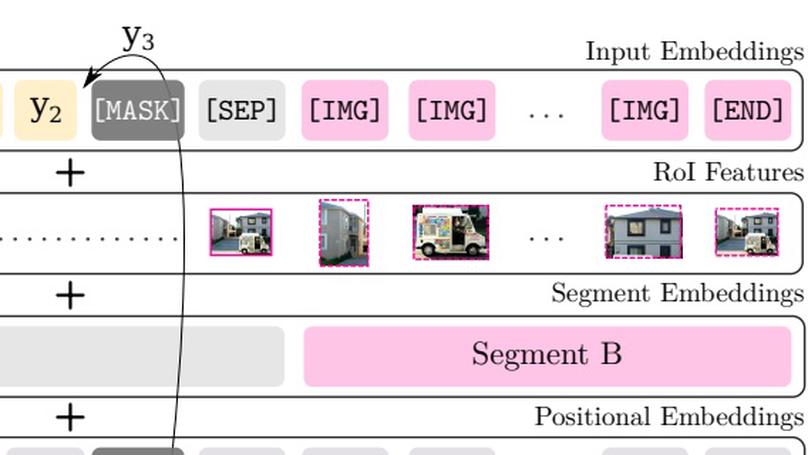
We present BERTGen, a novel, generative, decoder-only model which extends BERT by fusing multimodal and multilingual pre-trained models VL-BERT and M-BERT, respectively. BERTGen is auto-regressively trained for language generation tasks, namely image captioning, machine translation and multimodal machine translation, under a multi-task setting. With a comprehensive set of evaluations, we show that BERTGen outperforms many strong baselines across the tasks explored. We also show BERTGen’s ability for zero-shot language generation, where it exhibits competitive performance to supervised counterparts. Finally, we conduct ablation studies which demonstrate that BERTGen substantially benefits from multi-tasking and effectively transfers relevant inductive biases from the pre-trained models.
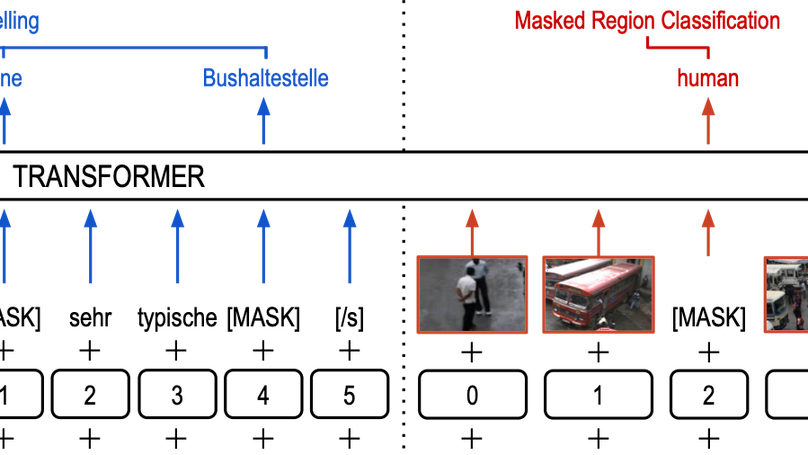
Pre-trained language models have been shown to improve performance in many natural language tasks substantially. Although the early focus of such models was single language pre-training, recent advances have resulted in cross-lingual and visual pre-training methods. In this paper, we combine these two approaches to learn visually-grounded cross-lingual representations. Specifically, we extend the translation language modelling (Lample and Conneau, 2019) with masked region classification and perform pre-training with three-way parallel vision & language corpora. We show that when fine-tuned for multimodal machine translation, these models obtain state-of-the-art performance. We also provide qualitative insights into the usefulness of the learned grounded representations.
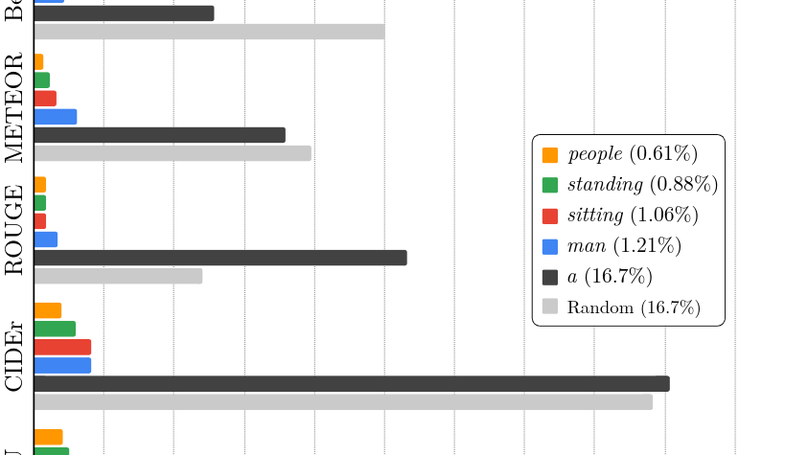
Automatic evaluation of language generation systems is a well-studied problem in Natural Language Processing. While novel metrics are proposed every year, a few popular metrics remain as the de facto metrics to evaluate tasks such as image captioning and machine translation, despite their known limitations. This is partly due to ease of use, and partly because researchers expect to see them and know how to interpret them. In this paper, we urge the community for more careful consideration of how they automatically evaluate their models by demonstrating important failure cases on multiple datasets, language pairs and tasks. Our experiments show that metrics (i) usually prefer system outputs to human-authored texts, (ii) can be insensitive to correct translations of rare words, (iii) can yield surprisingly high scores when given a single sentence as system output for the entire test set.
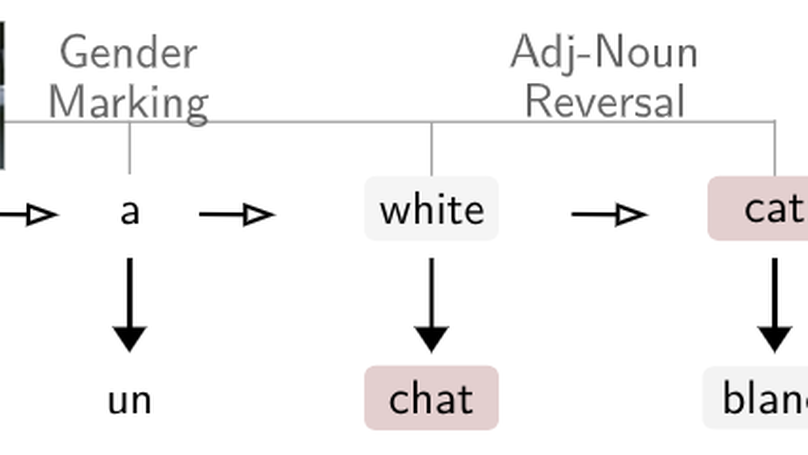
Simultaneous machine translation (SiMT) aims to translate a continuous input text stream into another language with the lowest latency and highest quality possible. The translation thus has to start with an incomplete source text, which is read progressively, creating the need for anticipation. In this paper, we seek to understand whether the addition of visual information can compensate for the missing source context. To this end, we analyse the impact of different multimodal approaches and visual features on state-of-the-art SiMT frameworks. Our results show that visual context is helpful and that visually-grounded models based on explicit object region information are much better than commonly used global features, reaching up to 3 BLEU points improvement under low latency scenarios. Our qualitative analysis illustrates cases where only the multimodal systems are able to translate correctly from English into gender-marked languages, as well as deal with differences in word order, such as adjective-noun placement between English and French.
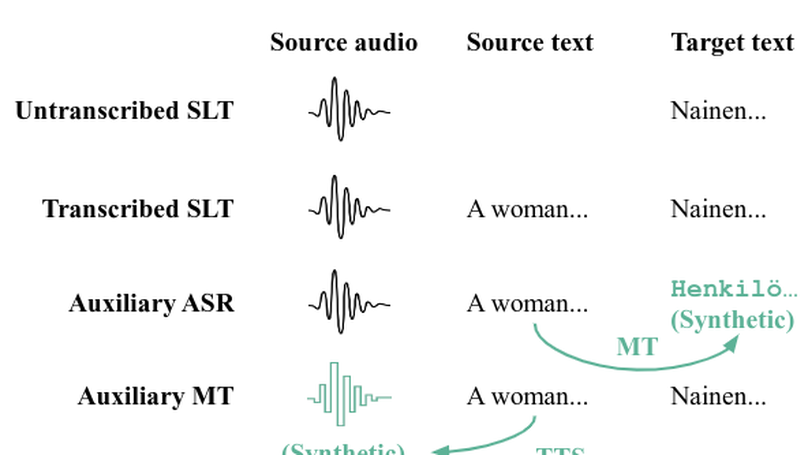
Multimodal machine translation involves drawing information from more than one modality, based on the assumption that the additional modalities will contain useful alternative views of the input data. The most prominent tasks in this area are spoken language translation, image-guided translation, and video-guided translation, which exploit audio and visual modalities, respectively. These tasks are distinguished from their monolingual counterparts of speech recognition, image captioning, and video captioning by the requirement of models to generate outputs in a different language. This survey reviews the major data resources for these tasks, the evaluation campaigns concentrated around them, the state of the art in end-to-end and pipeline approaches, and also the challenges in performance evaluation. The paper concludes with a discussion of directions for future research in these areas: the need for more expansive and challenging datasets, for targeted evaluations of model performance, and for multimodality in both the input and output space.
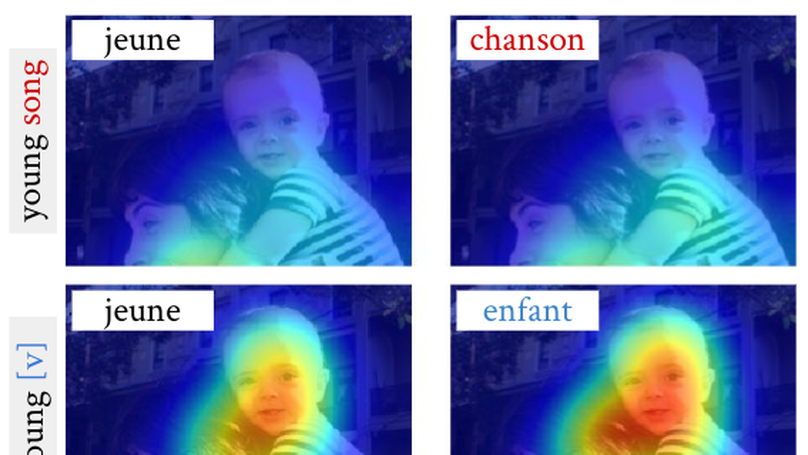
Current work on multimodal machine translation (MMT) has suggested that the visual modality is either unnecessary or only marginally beneficial. We posit that this is a consequence of the very simple, short and repetitive sentences used in the only available dataset for the task (Multi30K), rendering the source text sufficient as context. In the general case, however, we believe that it is possible to combine visual and textual information in order to ground translations. In this paper we probe the contribution of the visual modality to state-of-the-art MMT models by conducting a systematic analysis where we partially deprive the models from source-side textual context. Our results show that under limited textual context, models are capable of leveraging the visual input to generate better translations. This contradicts the current belief that MMT models disregard the visual modality because of either the quality of the image features or the way they are integrated into the model.
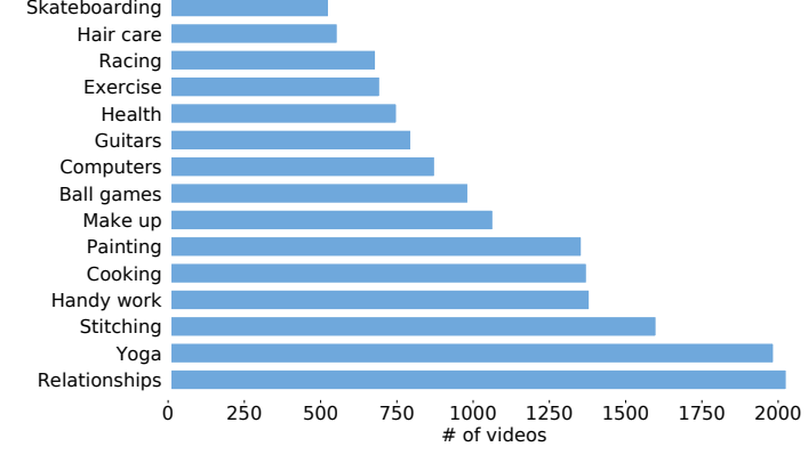
In this paper, we introduce How2, a multimodal collection of instructional videos with English subtitles and crowdsourced Portuguese translations. We also present integrated sequence-to-sequence baselines for machine translation, automatic speech recognition, spoken language translation, and multimodal summarization. By making available data and code for several multimodal natural language tasks, we hope to stimulate more research on these and similar challenges, to obtain a deeper understanding of multimodality in language processing.